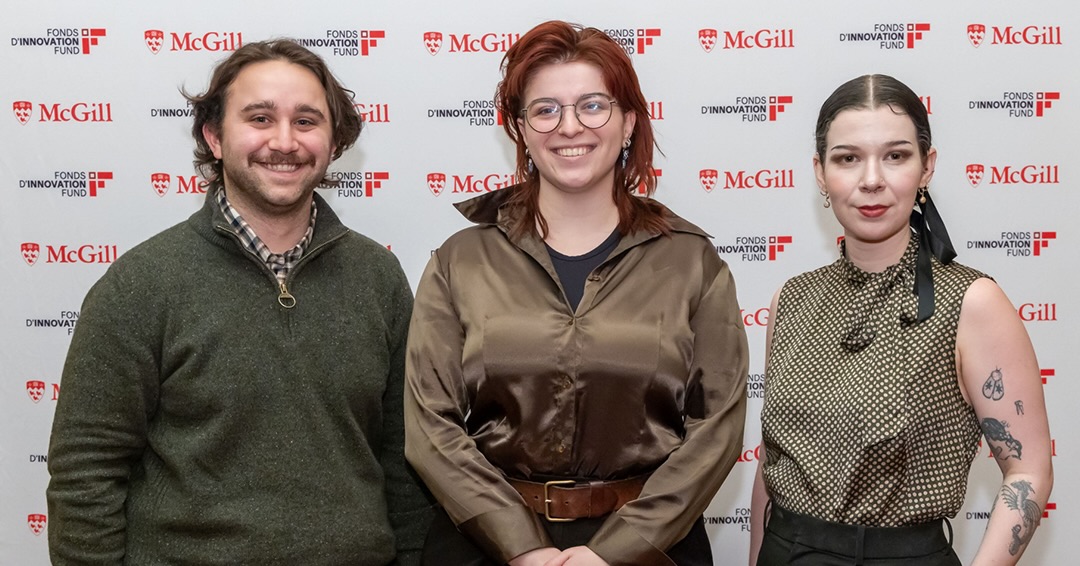According to McGill University, TissueTinker is using 3D bioprinting to revolutionize cancer drug testing by replacing outdated methods like animal trials and 2D cell cultures. Traditional models fail to mimic the complexity of human tumours, contributing to a staggering failure rate—over 90%—for cancer drugs that pass preclinical tests but flop in human trials.
TissueTinker, a recent McGill Innovation Fund (MIF) awardee, tackles this problem head-on. The startup creates miniaturized tumour models using 3D printing technology—specifically, bioink—to replicate both healthy and diseased human tissue side by side. These printed tumours are as small as 300 microns, the “sweet spot size,” according to co-founder Benjamin Ringler. “It’s large enough that it’s still valuable for testing purposes, but small enough to minimize resources.”
More than just small, these tumours are smart. Researchers can customize them to simulate specific tumour environments, gaining targeted insights into cancer behavior. “The ability to customize the tumour really allows researchers to gain deep, targeted insights into how cancer behaves at a micro level,” Ringler explained. This adaptability improves the predictive power of early-stage testing, reducing wasted investment in drugs that would otherwise fail in clinical trials.
“Because the testing environment more readily simulates the human body, researchers can better assess and understand whether or not their drug works before reaching clinical trial stages,” Ringler added. With development costs topping $1–2 billion per drug, this level of precision is not just a scientific advancement—it’s a financial necessity.
TissueTinker is scaling its technology, backed by the McGill Innovation Fund. “The MIF has provided tailored support, offering specific advice and helping us think critically about not just our next step, but our many steps down the road,” said Ringler. Alongside co-founders Madison Santos and Isabelle Dummer—experts in biomedical engineering and cell therapy—the team plans to expand their tumour model library and eventually license the platform.
“We’re not just solving a problem; we’re rethinking the way we approach cancer drug development,” said Ringler.
